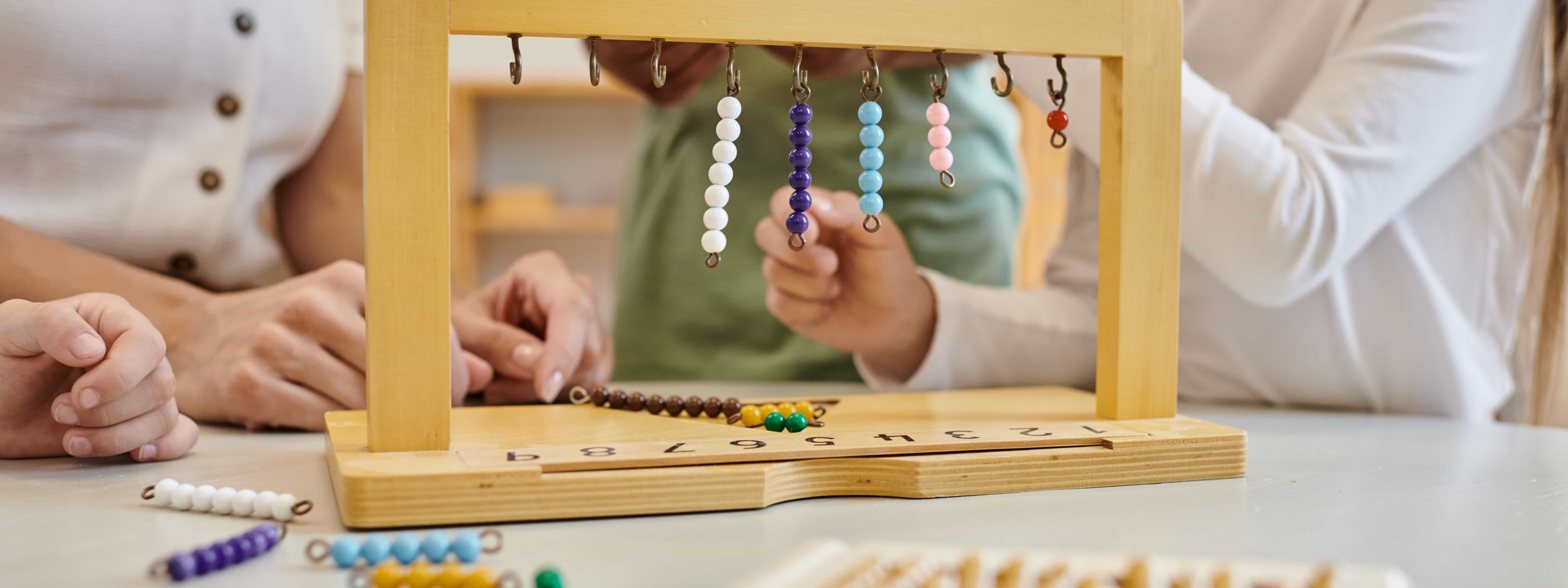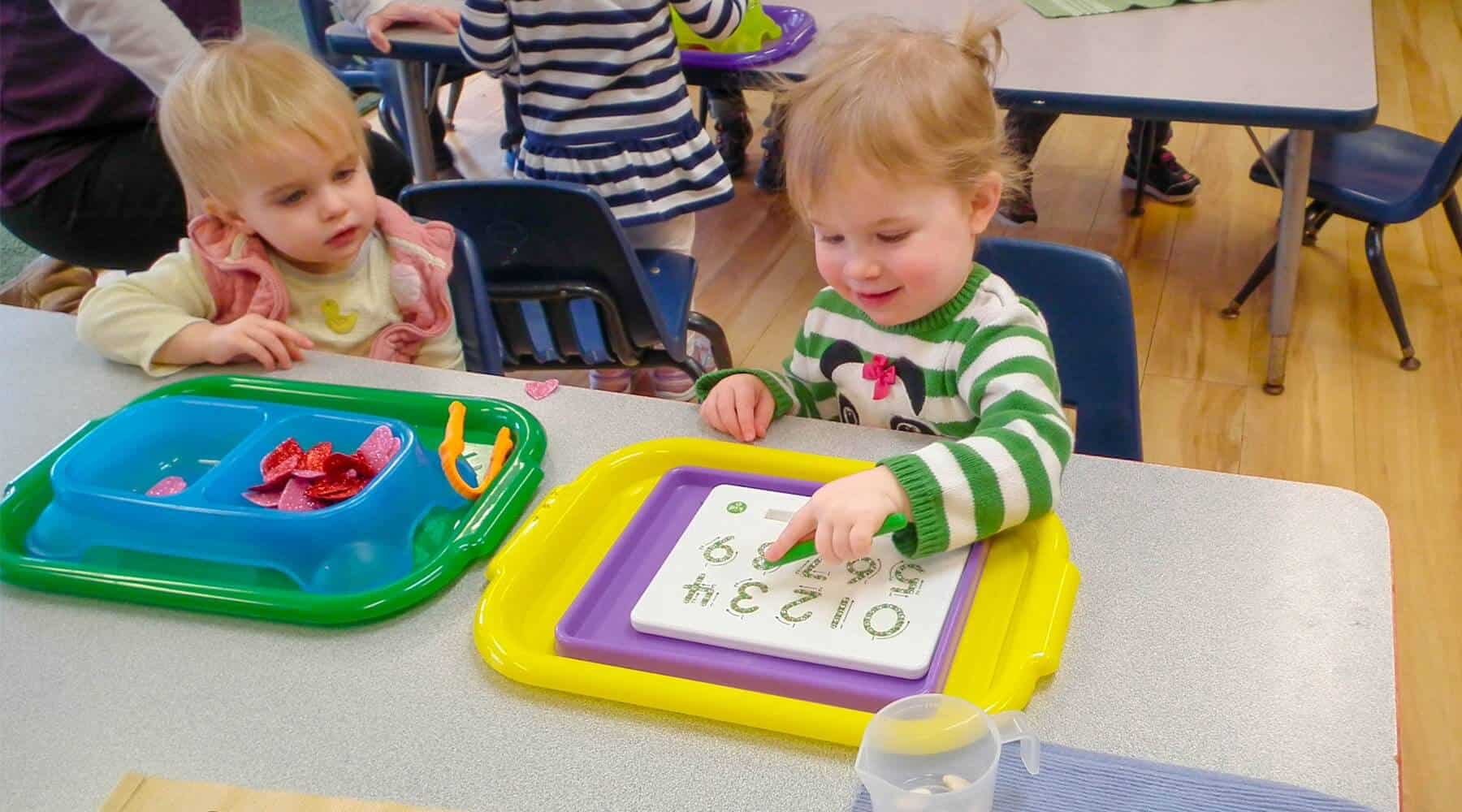Starting preschool is a big milestone, not just for your child, but for you as a parent too. It marks the beginning of a more structured learning environment and social experience. But how do you know if your toddler is truly ready for preschool?
Every child develops at their own pace, but there are some key developmental signs that can help you feel more confident in your decision. Here’s what to look for, and how to make the transition easier for everyone.
1. Basic Independence
Preschoolers aren’t expected to be fully independent, but they should be able to handle some simple tasks on their own.
Signs to look for:
-
Can use the toilet with minimal help
-
Can wash and dry hands
-
Is able to eat snacks or meals with minimal assistance
-
Can follow simple two-step directions (e.g., “Put on your shoes and grab your backpack”)
If your child is still working on some of these skills, that’s okay! Many preschools support children as they grow more independent.
2. Social Readiness
One of the biggest benefits of preschool is the chance to play and interact with other children.
Look for:
-
Interest in playing with other kids
-
Ability to share, take turns, or at least show growing awareness of others
-
Can express needs and emotions with words or gestures
-
Doesn’t become overly distressed when separated from you for short periods
If your child has had limited social exposure, consider enrolling in a playgroup or attending a library story time to ease into group settings.
3. Emotional and Behavioral Development
Preschool involves routines, group activities, and sometimes waiting a turn. A certain level of emotional maturity helps with this transition.
Readiness signs include:
-
Can manage minor frustrations (most of the time) without meltdowns
-
Understands basic rules and boundaries
-
Shows curiosity and willingness to try new activities
-
Can handle being away from you for a few hours
No child is emotionally perfect all the time, but some consistency in behavior can indicate readiness.
4. Language Skills
Your child doesn’t need to be speaking in full sentences, but they should be able to communicate needs and understand basic instructions.
Language signs:
-
Can express basic needs like hunger, thirst, or needing the bathroom
-
Understands common words and phrases
-
Can respond to questions or prompts, even with short answers
-
Enjoys books, songs, or storytelling
If you have concerns about your child’s speech, talk to your pediatrician or a speech-language pathologist early.
5. Attention Span and Focus
Preschool activities include short lessons, story time, and structured play. Your child should be able to focus—at least briefly.
Look for:
-
Can sit and listen to a short story or song
-
Can stay with one activity for 5–10 minutes
-
Is interested in puzzles, blocks, drawing, or pretend play
While toddlers are naturally active and easily distracted, the ability to focus for short periods is a good indicator of readiness.
Making the Decision Easier
If you're still unsure, here are some ways to make the transition smoother:
-
Start small: Try part-time programs or drop-in classes before committing to a full preschool schedule.
-
Talk to the teachers: Visit schools and speak to staff about what they look for in preschool readiness.
-
Trust your instincts: You know your child best. Readiness isn’t just about age—it’s about their personality, needs, and temperament.
-
Prep at home: Practice routines like getting dressed, using a lunchbox, or reading together at the same time each day.
Final Thoughts
Preschool is about learning, yes, but it’s also about building confidence, independence, and a love of discovery. If your child shows most of the signs above and you feel ready to take the next step, chances are, they are too.
And remember: readiness is a spectrum, not a checklist. With support and patience, your child can thrive when the time is right.






